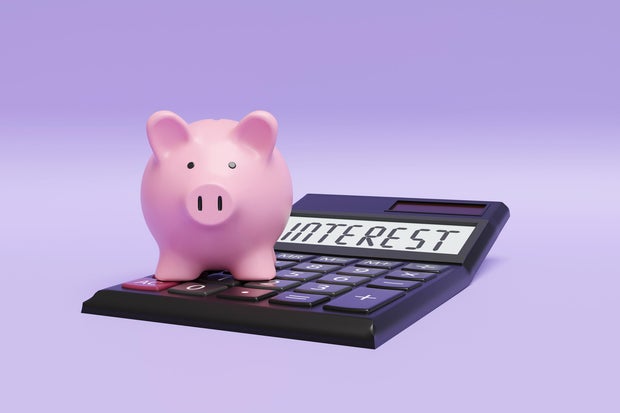Dragon Claws/Getty Images
Credit card debt continues to climb across the nation, with the latest data showing that outstanding credit card balances have reached $1.21 trillion in total. That equates to the average cardholder carrying about $6,500 in credit card debt. That may not seem like a massive financial burden, but when you consider that credit card interest rates are currently averaging over 21%, and that card interest compounds daily, it’s actually a recipe for disaster for many borrowers. Add in the other economic stressors that are looming, like sticky (and rising) inflation and elevated living costs, and it’s clear to see how the current landscape is ripe for credit card debt accumulation.
Things can get even tougher, though, when you’re carrying a larger-than-average balance. For example, when you’re carrying a $20,000 credit card balance, the monthly interest alone can feel overwhelming. At today’s rates, you’re looking at hundreds of dollars in interest charges each month before you even touch the principal balance. And, while making the required minimum payments might keep you current, it really only covers those high interest charges and a small percentage of the principal. That means it can take decades to eliminate the debt, while costing tens of thousands in additional interest.
This scenario is precisely when credit card debt forgiveness might become worth serious consideration, as taking this route can potentially cut your total obligation by thousands of dollars. But how much could you realistically save on a $20,000 credit card debt by pursuing this debt relief option now? That’s what we’ll break down below.
Learn more about how credit card debt forgiveness could benefit you now.
Here’s how much debt forgiveness could lower a $20,000 credit card debt this October
When you pursue credit card debt forgiveness, also known as credit card debt settlement, you or a debt relief expert you work with will try to negotiate with your creditor to accept less than the full amount owed in return for a lump-sum payment on the account. To do this, you typically need to demonstrate financial hardship and also propose a lump-sum payment that represents a fraction of your total balance.
Credit card companies often consider these arrangements when they believe it’s their best chance of recovering some of what’s owed. Otherwise, they may be risking a complete loss if you file for bankruptcy or simply never make another payment on the account.
The potential savings from debt forgiveness can be substantial, with most successful settlements falling between 30% and 50% of the original debt. For a $20,000 credit card balance, here’s what those reductions could mean in real dollars:
- 30% reduction: You’d pay $14,000 to settle the account instead of the full $20,000, saving you $6,000
- 40% reduction: You’d pay $12,000 instead of the full $20,000, saving $8,000
- 50% reduction: Your settlement amount drops to $10,000, cutting your debt in half
To understand the true impact, consider the alternative. If you tried paying off that $20,000 balance conventionally at a 22% interest rate with $450 monthly payments, which equates to about the bare minimum, about $366 of that would go toward interest charges initially. It would take about eight years to get rid of the debt, and you’d pay nearly $22,000 in total interest charges during that time. In total, your balance and interest charges would be about $42,000 — or over double what you started with.
Compare that timeline to debt settlement, which typically resolves your debts within three to five years, and the appeal becomes clear. A 50% settlement means you’d pay $10,000 total instead of potentially $42,000 through traditional minimum payments — a difference of about $32,000. And, your debt would be settled years before the timeline that comes with the traditional route.
That said, debt settlement isn’t automatic or guaranteed. Success depends on several factors, including your payment history, current financial situation and your creditor’s policies. Some credit card companies are more willing to negotiate than others, and the timing can matter significantly.
Find out more about the debt relief options available to you here.
The bottom line
Debt forgiveness through settlement can potentially cut a $20,000 credit card balance by $6,000 to $10,000 or more, making it one of the most aggressive debt relief approaches available. However, there are some downsides to consider, like the negative impact to your credit score and the potential for owing taxes on your settled debt.
To determine whether this route is right for you, it’s important to weigh credit card debt forgiveness against your other options. If you’re current on payments and have decent credit, debt consolidation or balance transfer strategies might provide relief without the credit damage. But if you’re already struggling to make minimum payments and see no realistic path to paying off the full balance, debt settlement could provide the fresh start you need.



